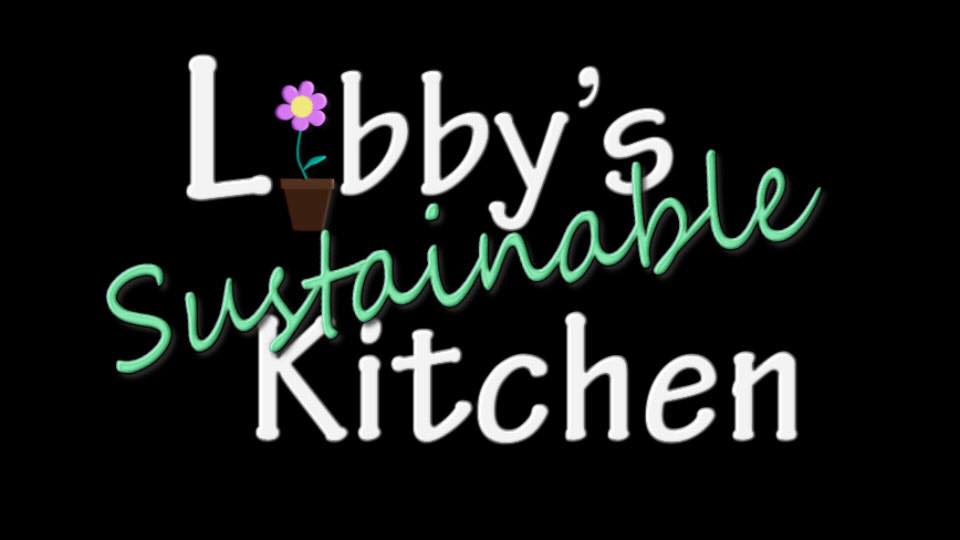It is estimated that 30-40% of the total food supply is wasted (1,2).Food waste occurs in many areas of the supply line, from farm to consumer. Waste can occur due to aesthetics or spoilage at the farm, retail, or consumer level. Hidden aspect of food waste include the use of the resources needed to grow and distribute the food. Food is the single largest component of U.S. municipal solid waste(2). If food loss was reduced by just 15 percent we could feed more than 25 million Americans (2). Triple- bottom-line approaches (success is measured using people, planet and profit as the bottom line) to managing the food system can improve supply efficiency and increase food security. Some current actions that can help reduce food waste.
- Get the most out of your fresh produce: Wash fresh produce in Vinegar water solution to remove harmful bacteria that causes it to spoil faster. See Episode 1
- Source ugly/imperfect produce: https://www.imperfectproduce.com , http://www.endfoodwaste.org/united-states.html
- Backyard Harvest: Find or start a program to help harvest wasted fruit in neighborhoods https://cityheartblog.wordpress.com/2016/12/17/harvest-partners-lb/ https://foodforward.org
- Share excess food with your neighbor
- Compost Food Wast
- Right Portion Size
Did you know the Good Samaritan Law, allows organizations to safely donate food to non-profit organizations that then donate it to food banks instead of throwing in the landfill?
References
1. Buzby JC, Farah-Wells H, Hyman J. The Estimated Amount, Value, and Calories of Postharvest Food Losses at the Retail and Consumer Levels in the United States. SSRN Electron J [Internet]. 2014;1–2. Available from: http://www.ssrn.com/abstract=2501659
2. Gunders D. Wasted : How America Is Losing Up to 40 Percent of Its Food from Farm to Fork to Landfill Author. 2012;(august).
